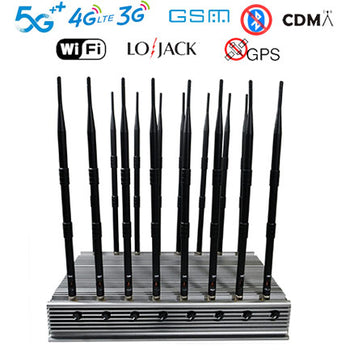Precautions for family purchase and use of signal shielding instrument
Parents of children in some families often come to consult the purchase of signal jammers, which are mainly used in their own indoor environment, that is, they want to use signal jammers to limit children's excessive use of mobile phones or tablets, etc., hoping to cut off the signal and cut off the network. way, so that children are no longer addicted to games or the Internet.
The characteristics of signal jammer used by families are: First, the use time is relatively fixed: mainly the time when the child goes home from school until the time to rest and sleep at night, and the time for holidays. The second feature is that the area covered by the shielded signal of the signal jammer should not be too large, and try not to affect the upper, lower, or left and right neighbors of the building where the family is located. Otherwise, it will cause unnecessary trouble. The third feature is that as a parent, it is more expected that when using a signal jammer, it is best not to let the child notice or to be able to shield the signal from the room where the child is.

Combining the use characteristics of these household signal jammers, the signal shielding device that can meet the requirements of this condition is the recommended low-power or hand-held signal jammer, because this type of signal shielding device itself has a small transmission power and a range of effects. It is limited, and the appearance and shape are not large, which is more suitable for the use scene of the home environment.
So, what do you need to pay attention to when using a signal jammer in your home? First of all, try not to let the signal shielding range affect the next-door neighbors when using it, so it is recommended to use it as far as possible from the window. The second is to pay attention to communication with children. Although the original intention of using signal jammers is to let children divert their attention and study hard, the original intention is good, but it must not cause contradictions or escalation. The best solution is to communicate with children. Friendly negotiation and planning of study, entertainment and leisure time together.













